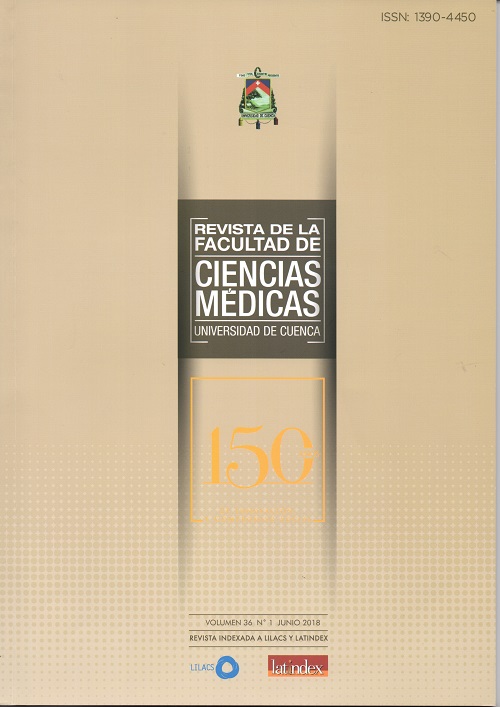Tratamiento laparoscópico de incidentaloma suprarrenal derecho. Informe de caso.
Resumen
Resumen
Los incidentalomas adrenales son masas suprarrenales silentes. Su prevalencia es del 1 - 2 % en estudios tomográficos abdominales ocasionales. Se evidencia un incremento directamente proporcional en relación a la edad. Aproximadamente el 80% corresponden adenomas no funcionantes, en menor porcentaje producen síndrome de Cushing subclínico, Feocromocitoma, adenomas productores de Aldosterona entre otros, esto guarda estrecha relación con las manifestaciones clínicas que presenta el paciente. En un estudio tomográfico se puede evidenciar datos sugestivos de malignidad tales como: un diámetro mayor a 4cm, densidad superior 10 UH, alto grado de heterogeneidad, calcificaciones, bordes irregulares y zonas de necrosis. Es importante diferenciar entre una lesión benigna o maligna, hormonalmente funcionante o no, ya que de esto depende el accionar médico.
Información del paciente: Femenina, 29 años, sin antecedentes patológicos personales, acude con dolor en hipocondrio derecho, nausea, vómito, escalofrío, palidez generalizada, visceromegalia a nivel de hipocondrio derecho, se realizó exámenes de laboratorio, marcadores tumorales: negativos, catecolaminas negativas, cortisol negativo; TAC Abdomino-Pélvica contrastada: masa hipodensa, de 11.5 x 9.5cm, bordes regulares, densidad líquida, calcificación periférica. Se establece un diagnóstico presuntivo de tumor dependiente de glándula suprarrenal derecha versus tumoración hepática.
Tratamiento: Se realiza laparoscopia diagnóstica evidenciando tumor de glándula suprarrenal derecha gigante de 15 cm de diámetro, adherido a cara inferior de hígado, se libera en su totalidad, se reseca de manera íntegra, y se extrae a través de puerto laparoscópico umbilical sin complicaciones. Evolución postquirúrgica favorable, alta médica a las 24 horas, estable y asintomática.
Diagnóstico anatomopatológico Adenoma cortical suprarrenal con degeneración quística hemorrágica.
Conclusión: El incidentaloma suprarrenal es una patología de prevalencia baja, clínica variable y presentación insidiosa. La importancia de su diagnóstico radica en la posibilidad de diferenciar entre una lesión benigna de una maligna y determinar su potencial hormonal sobre el huésped, el tratamiento laparoscópico tiene indicaciones limitadas, pero constituye una estrategia eficaz y segura.
Palabras clave: Laparoscopia, Neoplasias de las Glándulas Suprarrenales, Hallazgos Incidentales, prevalencia.
Descargas
Publicado
Número
Sección
Licencia
Copyright © Autors

Usted es libre de:
 |
Compartir — compartir y redistribuir el material publicado en cualquier medio o formato. |
 |
Adaptar — combinar, transformar y construir sobre el material para cualquier propósito, incluso comercialmente. |
Bajo las siguientes condiciones:
 |
Atribución — Debe otorgar el crédito correspondiente, proporcionar un enlace a la licencia e indicar si se realizaron cambios. Puede hacerlo de cualquier manera razonable, pero de ninguna manera que sugiera que el licenciador lo respalda a usted o a su uso. |
| No comercial — No puede utilizar el material con fines comerciales. | |
| Compartir Igual— si remezcla, transforma o desarrolla el material, debe distribuir sus contribuciones bajo la misma licencia que el original. |
| Sin restricciones adicionales: no puede aplicar términos legales o medidas tecnológicas que restrinjan legalmente a otros a hacer cualquier cosa que permita la licencia. |






